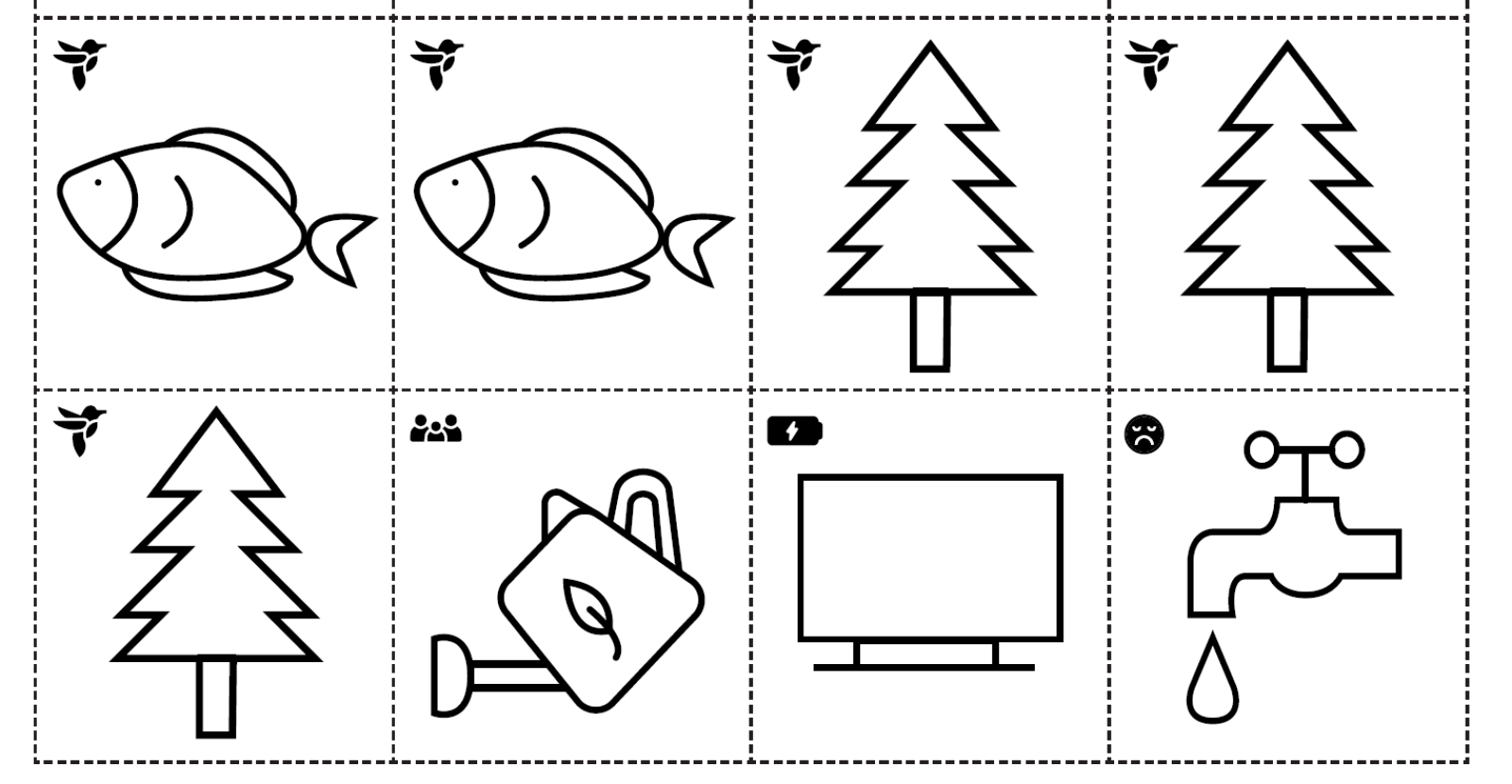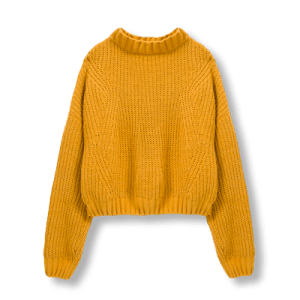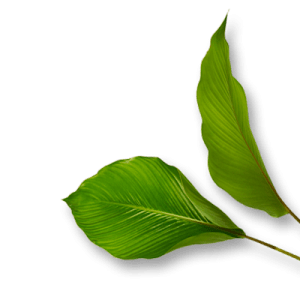Whose water is it? Card game
Sharing is caring with this DIY card game all about B.C.’s precious water resource.

Overview
Explore how water is shared between people and wildlife in B.C. through a card game.
Instructions
What you'll need
- 1 printed set of “Whose water is it?” card pictures per group
- Optional: laminate the cards or print on thicker paper stock
- Scissors
Whose water is it?
- Ask students to consider where our tap water comes from and discuss the different ways water is used in B.C. (for example: making electricity, washing our clothes, fish and wildlife habitat).
- Split students into groups of 3 or 4, a set of “Whose water is it” card pictures.
- Now it’s time to make our own deck of cards by cutting out the images.
- Optional: to make the cards more durable and easier to handle, laminate them or print on thicker paper stock.
- When the decks are ready, each group can start the game. The goal is to collect two cards from each of the following water use categories: wildlife, electricity, and human use.
- The category of the card is identified by the image on the top left corner
- Wildlife = bird
- Electricity = battery
- Human use = people
- Wasted water = frowning face
- The category of the card is identified by the image on the top left corner
- One person in the group deals six cards to each player, face down
- Don't let others see your cards
- Players take turns picking up one card from the deck and discarding one card, face up. The next player can pick up from the deck or from the discarded card pile.
- When a player has two cards from each water use category, they knock on the table, and the remaining players each get one more turn.
- After the last turn, everyone turns over their cards to calculate their scores:
- Receive a point for each pair of of water use category cards
- Lose a point for each wasted water card
- Have another go - shuffle the cards and deal again.
- Once the class has played a few hands, get the students thoughts by asking:
- Why is it important to consider all the different ways water gets used?
- Is it possible for people and wildlife to share water?
- What would happen if we didn’t have enough fresh water to go around?
- How would we make electricity if we didn’t have enough water in our reservoirs?
- How might wasting water take away from other water needs?
- What are some ways water is wasted?
Modify or extend this activity
- Have the students design a new “share the resource” game using the playing cards.
Curriculum Fit
Grade 5 Social Studies
Big idea
- Natural resources continue to shape the economy and identity of different regions in Canada.
Content
- Resources and economic development in different regions of Canada
Curricular competencies
- Use Social Studies inquiry processes and skills to: ask questions; gather, interpret, and analyze ideas; and communicate findings and decisions
Grade 7 Social Studies
Big idea
- Geographic conditions shaped the emergence of civilizations.
Content
- Human responses to particular geographic challenges and opportunities, including climates, landforms, and natural resources
Curricular competencies
- Use Social Studies inquiry processes and skills to: ask questions; gather, interpret, and analyze ideas; and communicate findings and decisions
Assessments
- Assess students’ understanding of the need to share our water resource in B.C.
- Assess students’ cooperation in group-work playing a game.
- Assess students’ communication by sharing their ideas and listening to others.
Teaching Notes
British Columbia and water
In B.C., we generate our electricity using water. We rely on water for drinking, showering, industry and agriculture. Wildlife also depends on this precious resource. Despite our province being rich in rivers and lakes, we experience summer droughts. So in order to have sufficient water to meet everyone’s needs, we need to use less water and use less electricity so we can all share this resource.
B.C. has huge potential for generating hydroelectricity as we have heavy precipitation, mountains slopes and interior drainage basins. However, many of the large rivers in the interior have not been developed to generate hydroelectricity due to the impact it could have on the environment and salmon habitat. Subsequently, conservation is essential particularly since we have a growing population and increased demand for both potable water and electricity.
There are easy ways to reduce our water consumption like:
- Taking shorter showers
- Turning off the tap when we wash our hands and brush our teeth
- Only washing full loads of laundry
- Only running the dishwasher when it's full
- Limiting/not watering grass
- Washing cars with a bucket instead of a hose
- Getting a rain barrel
There are simple ways to reduce our electricity use like:
- Turning off lights
- Turning off and unplugging unused appliances and electronics
- Have “energy-free Friday” and turn off the TV and play games
- Playing outside with our friends and family
- Playing board games and reading books instead of playing video games and watching TV








